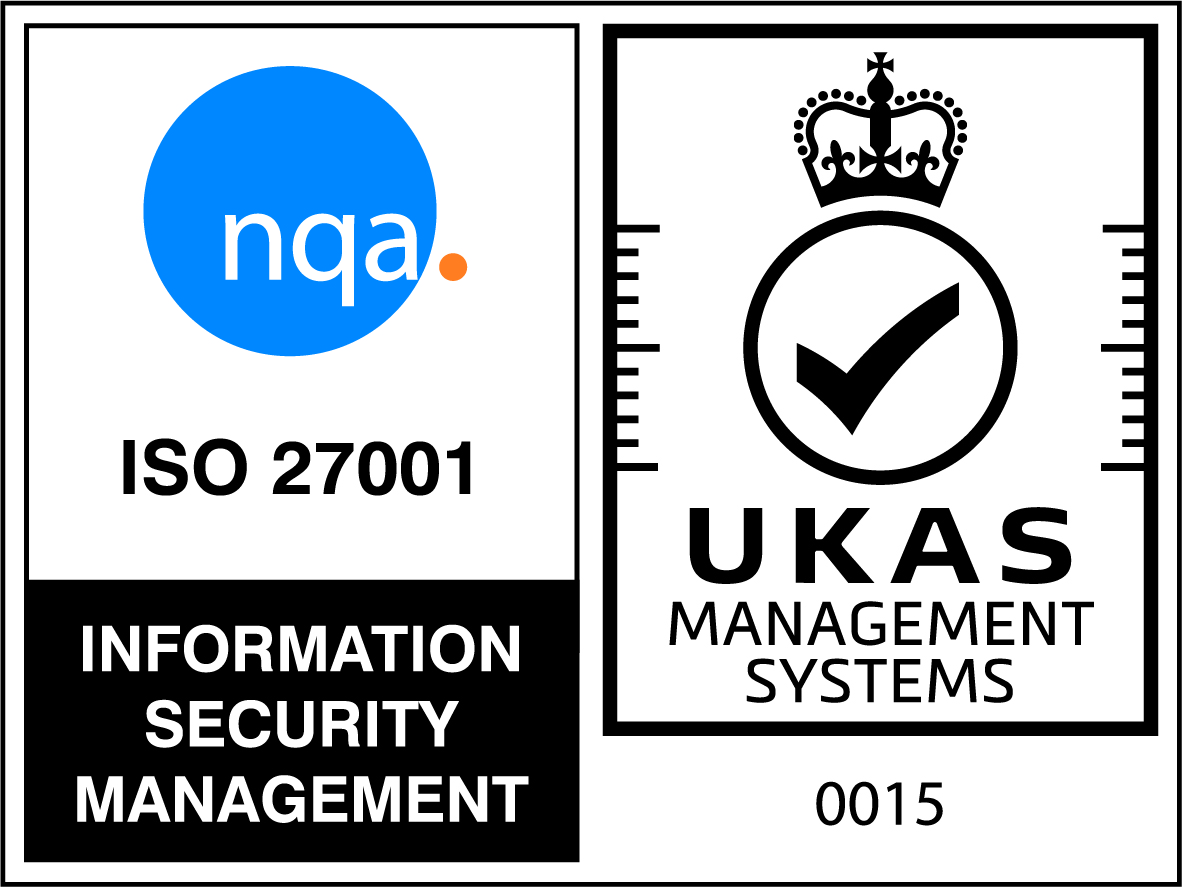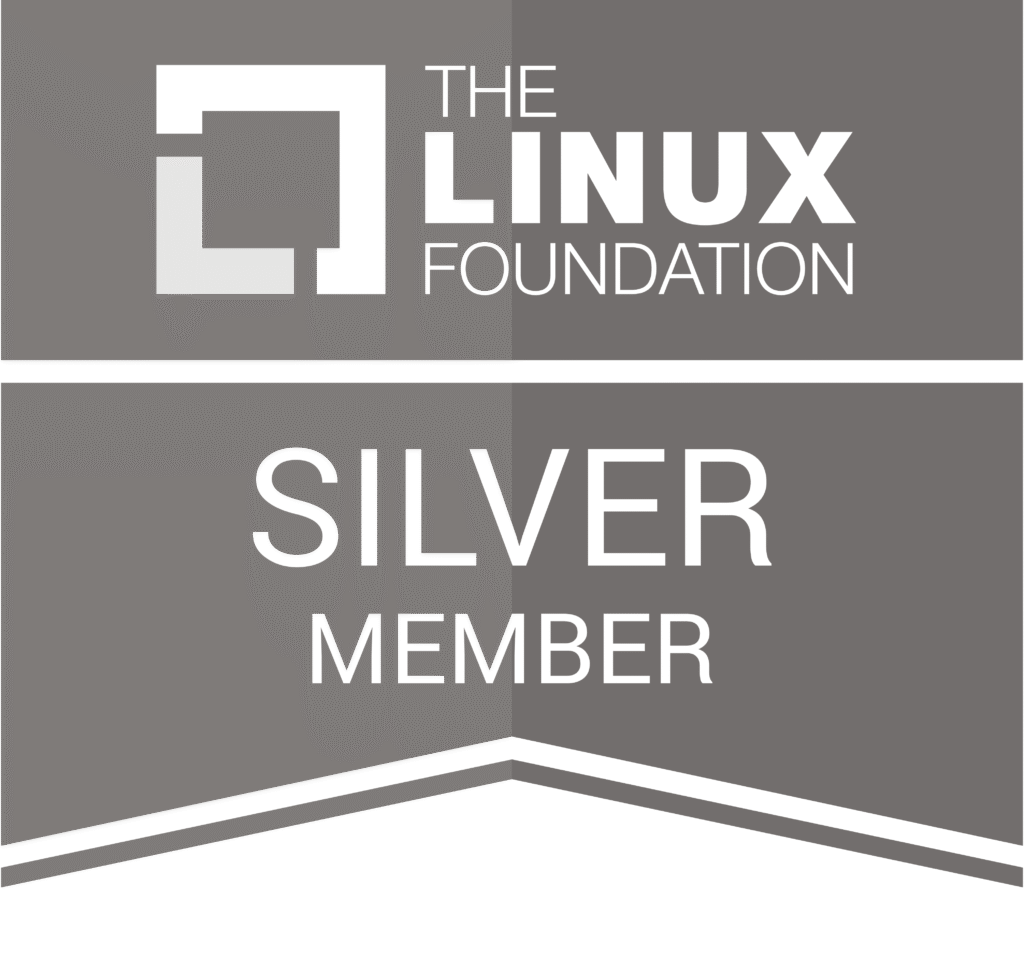Why is effective SAM becoming increasingly critical to financial services business operations?
The way technology is shaping businesses and their operations is constantly evolving in the wake of IT integrating even deeper into consumers’ lives. Nowhere is the ability to adapt more prominent than in the financial sector, where customer engagement with services is continually changing, leading to organizations increasingly preparing themselves for the ‘new normal’ according to PwC. This is resulting in more software being installed, as companies move away from legacy systems and this in turn drives the need for effective management in the shape of a formal software asset management (SAM) program.
SAM has become so much more than audits and compliance. A growing number of businesses understand the important role it can play in license optimization, moving to the cloud, facilitating big data and harnessing the Internet of Things (IoT). Financial services is just one of many industries using the power of SAM to improve control, optimize utilization, reduce costs, minimize risks and enhance decision making, ultimately leading to improved service, productivity and competitive advantage.
Bank of New Zealand Strengthens Position with SAM
As one of New Zealand’s largest banks, Bank of New Zealand (BNZ) employs more than 5,000 people to provide a variety of financial services covering retail, business and institutional banking.
With complex infrastructure comprised of virtualization technologies across more than 9,000 devices, a solution which would help BNZ manage its software estate and associated licensing lifecycle management was a priority. The organization required a complementary solution which would protect existing investments and deliver all the benefits of an advanced SAM program, which is why they chose Certero’s SAM solutions.
“Certero’s products are easy and quick to deploy. We now have full visibility of all software deployed across all our systems – from desktop to datacentre – with a clear understanding of how it is actually deployed on the underlying infrastructure. Improved visibility, knowledge and far less reliability on manual processes puts us in a position of strength – able to optimise licensing, control costs and investment decisions.”
– Bank of New Zealand








